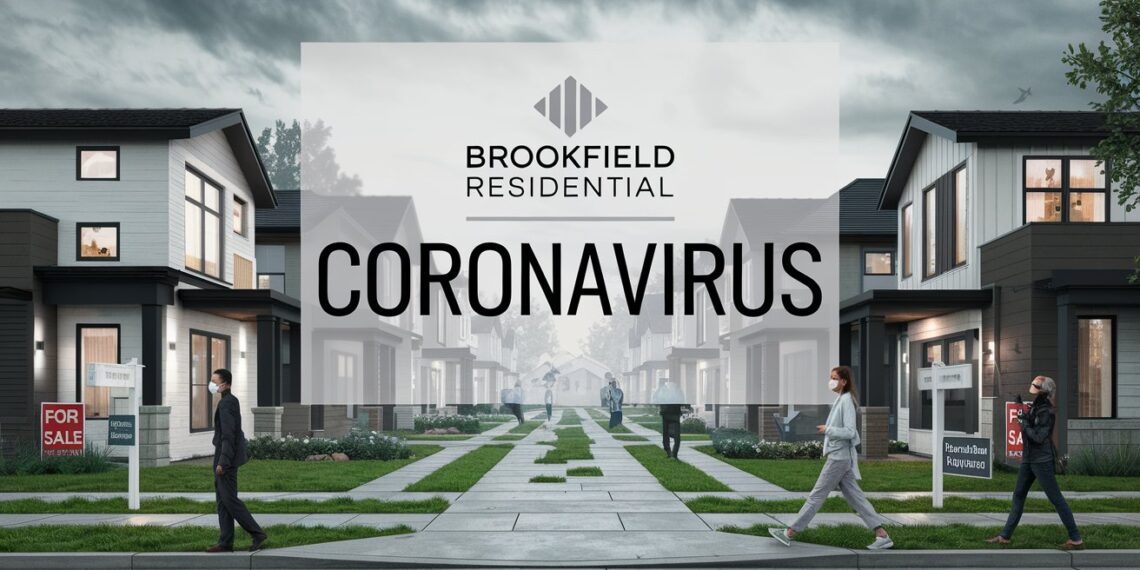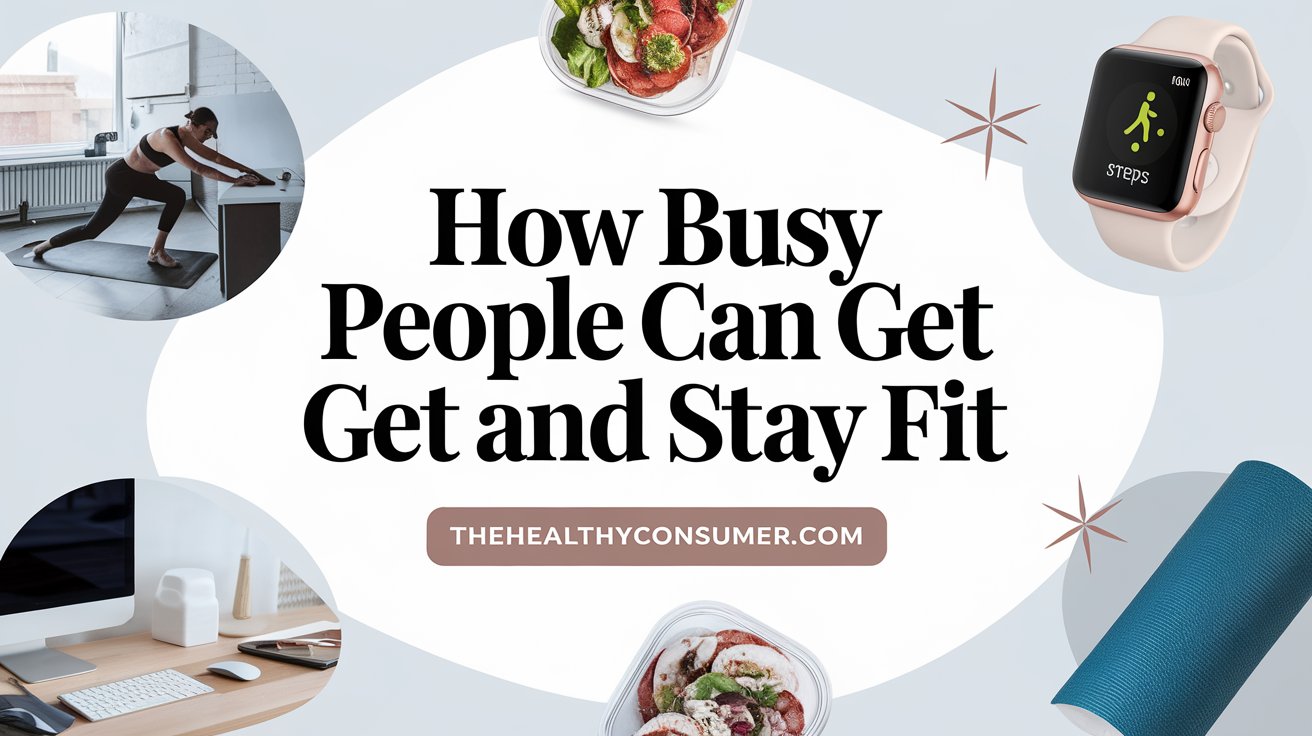Imagine being ready to buy your dream home—then the world shuts down.
That was the reality for thousands in 2020 when the COVID-19 pandemic hit, and companies like Brookfield Residential had to adapt fast. From construction halts to digital transformation, the story of Brookfield Residential during the coronavirus crisis isn’t just about business. It’s a snapshot of human resilience, innovation, and what it means to build homes in uncertain times.
Let’s unpack what happened, how Brookfield navigated it, and what we can learn today.
What People Really Want to Know: The Search Intent Behind “Brookfield Residential Coronavirus”
If you’re searching “Brookfield Residential coronavirus,” chances are, you’re looking for answers—historical insight into how this real estate heavyweight handled the pandemic. Maybe you’re an investor. Maybe a student of the housing market. Or maybe just someone who lived through 2020 and wondered, How did the homebuilding industry survive all that chaos?
Here’s what most people are looking for:
- Brookfield Residential’s financial performance during the pandemic.
- How they protected employees and homeowners.
- What operational shifts they made (spoiler: digital everything).
- How COVID-19 impacted home design trends and construction timelines.
- Any press releases or official statements from 2020 to 2022.
Let’s walk through each.
A Construction Giant Faces a Global Lockdown
When the pandemic first hit in early 2020, nearly every sector felt the sting. But homebuilding? It was uniquely vulnerable. Supply chains cracked. Labor forces scattered. Permits stalled.
According to CREB Now, Chris Richer, VP of Calgary Homes at Brookfield Residential, highlighted how local homebuilders, including Brookfield, leaned into digital innovation to keep the wheels turning.
They weren’t alone. The entire real estate industry had to transform. Show homes became virtual tours. Sales teams went remote. And buyers began expecting more from their homes—like offices, gyms, and green space.
How Did Brookfield Residential Actually Respond?
Digital Homebuying Became the Norm
With open houses no longer safe, Brookfield Residential accelerated the launch of interactive home tours, personalized video calls, and even remote closings. Their website became a central hub, allowing buyers to view, customize, and even reserve homes without ever stepping outside.
This wasn’t just convenience—it was survival. And it paid off.
“COVID-19 forced us to reimagine what a home sale looks like,” said one Brookfield executive in a 2020 interview. “And we don’t plan to go back.”
Safety First: Protecting Employees and Residents
On construction sites, safety protocols were tightened. Think temperature checks, staggered shifts, and strict PPE enforcement. According to Housing.com, companies like Brookfield adapted quickly, ensuring minimal project delays.
Internally, Brookfield emphasized employee well-being, rolling out remote work policies and mental health resources. It wasn’t just about business continuity—it was about community resilience.
Financial Performance During the Storm
Let’s talk money. The pandemic didn’t spare Brookfield Residential financially.
According to their Q2 2022 Interim Report, the company experienced dips in demand during early lockdowns but showed strong recovery by mid-2021. However, profitability remained under pressure due to supply chain disruptions and rising material costs.
Brookfield’s S&P Global credit rating page also notes how the coronavirus pandemic impacted credit outlooks across Brookfield’s residential unit—highlighting just how deeply the crisis reached.
A Data Breach Amid a Pandemic?
As if the virus wasn’t enough, in August 2020, Brookfield Residential experienced a data security incident, according to the Financial Post. While not directly caused by COVID-19, the incident happened during the height of the pandemic, compounding operational challenges.
It served as a reminder: In a fully digital era, cybersecurity matters more than ever—especially when sensitive homebuyer data is involved.
Home Design Reimagined: What People Wanted After COVID
COVID-19 didn’t just change how people bought homes—it changed what they were looking for. Suddenly, open-concept wasn’t as desirable as “multiple functional rooms.”
According to the World Economic Forum, the pandemic reshaped expectations around housing design:
- Home offices became non-negotiable.
- Outdoor space was prioritized like never before.
- Layouts shifted to accommodate remote schooling, workouts, and more.
Brookfield Residential responded by updating floor plans and rethinking community designs—focusing more on flexibility, connectivity, and comfort.
The Industry at Large: Brookfield Wasn’t Alone
Brookfield Residential was one of many players navigating this strange new world. Competitors like Lennar and PulteGroup made similar moves. Eppraisal breaks down how the homebuilding industry as a whole shifted—showing that Brookfield’s changes reflected broader market evolution.
Even Brookfield Property Partners, a sibling entity, warned early in 2020 of the pandemic’s looming impact across their real estate portfolios.
A Look Back, A Leap Forward
Now in 2024-2025, “Brookfield Residential coronavirus” is more of a historical case study than a real-time crisis. But its relevance hasn’t faded.
The company’s agility, digital investment, and community focus helped it recover—an insight that remains useful for future-proofing any business.
And while you won’t find daily COVID briefings anymore, the ripple effects of those years are still felt today: in floorplans, tech infrastructure, and consumer expectations.
Why This Still Matters Today
You might wonder, Why dig into this now?
Because understanding how companies like Brookfield Residential responded to the coronavirus helps us understand:
- How industries bounce back from disruption
- What resilience looks like in construction and real estate
- How crises accelerate innovation
Whether you’re a homebuyer, investor, or just a curious observer of history, this story offers insight—and maybe even inspiration.
What Can We Learn from Brookfield Residential’s Pandemic Playbook?
Invest in Digital Early
Brookfield’s pivot to online sales kept revenue flowing when in-person wasn’t an option.
Prioritize People
Whether it was customers or staff, human safety and mental health were at the forefront.
Build for the Future
Designs shifted to meet the changing needs of post-pandemic living. These changes weren’t temporary—they’re now industry standards.
External Resources for Further Reading
- COVID-19 pandemic on Wikipedia
- Impact of the COVID-19 pandemic on the economy
- History of home construction
- Digital transformation
- Remote work during the COVID-19 pandemic
- Real estate economics
- Brookfield Asset Management
- Supply chain disruption
- Virtual tour
- Housing market
Final Thoughts
Brookfield Residential’s coronavirus journey isn’t just a business case—it’s a human one. It’s about pivoting fast, adapting smartly, and never losing sight of what matters: people and the places they call home.
So, whether you’re looking back with curiosity or planning ahead with caution, this story has something to teach us all.
The homes may have been under construction, but resilience? That was built in.










